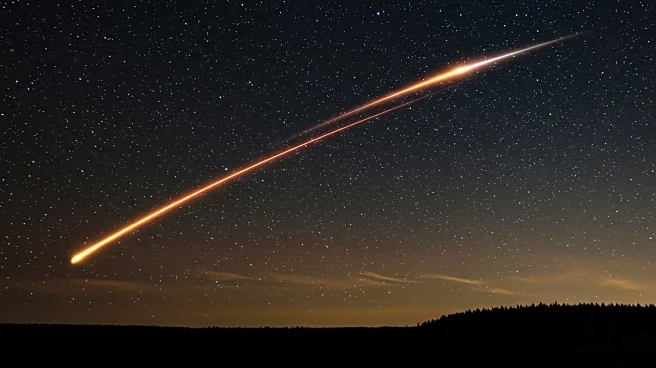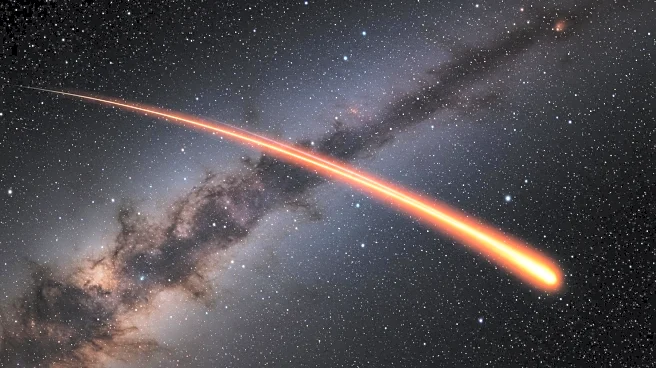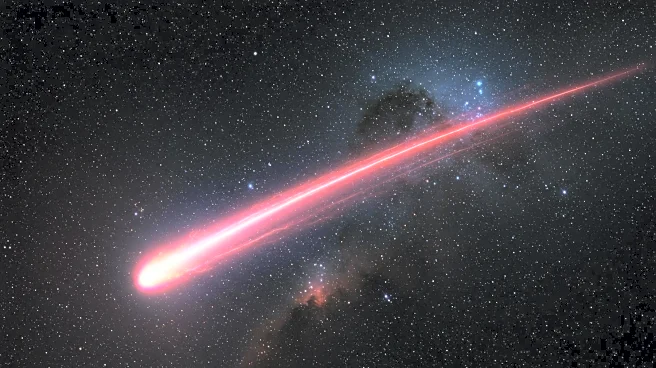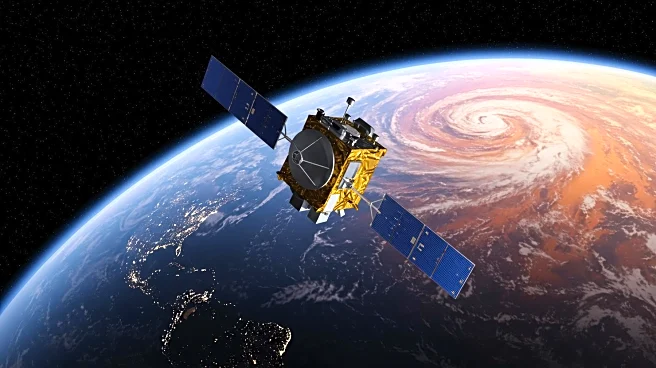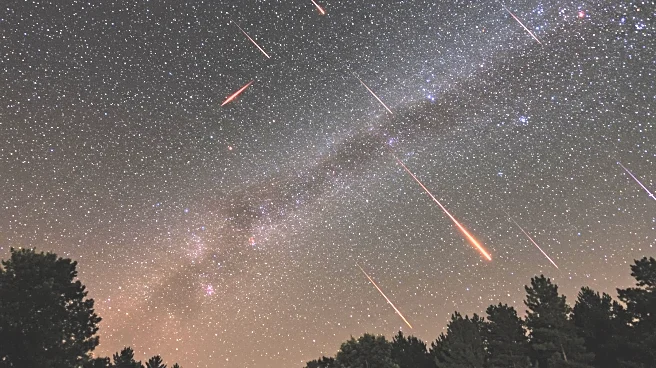What's Happening?
A new study has provided evidence supporting the controversial Younger Dryas Impact Hypothesis, which suggests that a comet or its remnants exploded in Earth's atmosphere around 12,800 years ago, causing a sudden cooling period known as the Younger Dryas. Researchers analyzed sediment cores from Baffin Bay near Greenland, finding indicators of a cosmic impact event that coincide with the onset of the Younger Dryas. This hypothesis posits that the impact triggered wildfires across North America, producing enough soot and ash to block sunlight and plunge the Northern Hemisphere into colder conditions. Despite the lack of an impact crater, proponents rely on geochemical evidence from sediment layers dating back to the period. The study, led by University of South Carolina archaeologist Christopher R. Moore, suggests that both the Younger Dryas Impact Hypothesis and the Meltwater Pulse Hypothesis, which attributes the cooling to freshwater interference with ocean currents, may be valid.
Why It's Important?
The study's findings could reshape understanding of historical climate events and their causes, potentially influencing current climate models and predictions. If the Younger Dryas Impact Hypothesis is validated, it may prompt a reevaluation of the role cosmic events play in Earth's climate history. This could impact scientific approaches to studying climate change and inform strategies for mitigating future climate risks. The debate over the hypothesis also highlights the complexities of interpreting geological evidence and the need for interdisciplinary research in understanding Earth's climate systems.
What's Next?
Further research is needed to confirm the findings and explore the implications of a cosmic impact on Earth's climate. Scientists may conduct additional studies on sediment cores from other regions to seek corroborating evidence. The ongoing debate may lead to new collaborations between geologists, archaeologists, and climate scientists to refine models of historical climate change. Skeptics of the hypothesis, like Mark Boslough, continue to challenge the findings, emphasizing the need for more ordinary explanations consistent with current scientific understanding.
